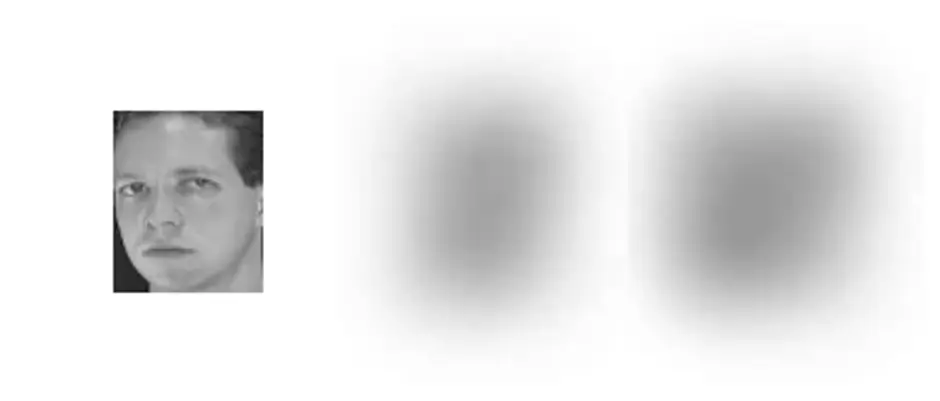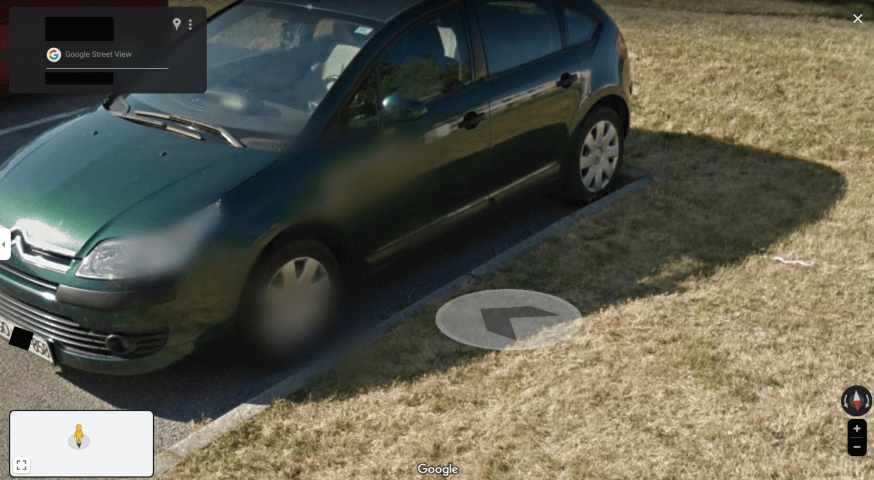In today's digital age, privacy is a critical concern. Many individuals and organizations use blurring techniques to conceal sensitive information in images or videos, such as faces, license plates, or credit card numbers. However, blurring can compromise the clarity and quality of the content, making it difficult to identify relevant details or recognize faces.
Fortunately, there are alternative techniques to protect sensitive information without blurring it. For example, redaction involves covering the sensitive area with a solid color or pattern, ensuring that the content remains visible and legible while obscuring the sensitive information. This technique is commonly used in government documents to protect classified information.
Incorrectly redacting sensitive information on an image can still result in its exposure.
However, it's essential to remember that blurring, redaction, or pixelization may not always provide full protection against privacy breaches. Advanced image processing techniques, such as deblurring or de-pixelation algorithms, can recover the original content from blurred or pixelated images. Therefore, it's crucial to evaluate the risk of privacy breaches and consider additional measures, such as encryption or access control, to ensure data protection.
Using simple deep learning tools, the three-person team was able identify obfuscated faces and numbers with alarming accuracy. On an industry standard dataset where humans had 0.19% chance of identifying a face, the algorithm had 71% accuracy (or 83% if allowed to guess five times). The algorithm doesn’t produce a deblurred image - it simply identifies what it sees in the obscured photo, based on information it already knows. The approach works with blurred and pixelated images, as well as P3, a type of JPEG encryption pitched as a secure way to hide information.
Specialized tools for seeing through blur and pixelation have been popping up throughout this year, like the Max Planck Institute’s work on identifying people in blurred Facebook photos. What distinguishes the UT and Cornell research is its simplicity. The attack uses Torch (an open-source deep learning library), Torch templates for neural networks, and standard open-source data. (source: University of California)

There are many tools used for recovering passwords from pixelized screenshots. One of such tools is depix. The author of this tool stated:
"Pixelization is used in many areas to obfuscate information in images. I've seen companies pixelize passwords in internal documents. No tools were available for recovering a password from such an image, so I created one. This article covers the algorithm and similar research on depixelization."
Here is a video presentation of depixelization:
The blurring protection implemented by Google Maps on its images may occasionally prove to be ineffective, especially when attempting to view a blurred object from different angles.

Blurring may seem like a simple way to hide sensitive information, but it’s not secure for protecting privacy. Alternatives like redaction or pixelation can better obscure sensitive details while keeping other parts of the content clear. However, these methods still have limitations and risks, so it’s essential to apply additional safeguards to ensure data privacy and security.